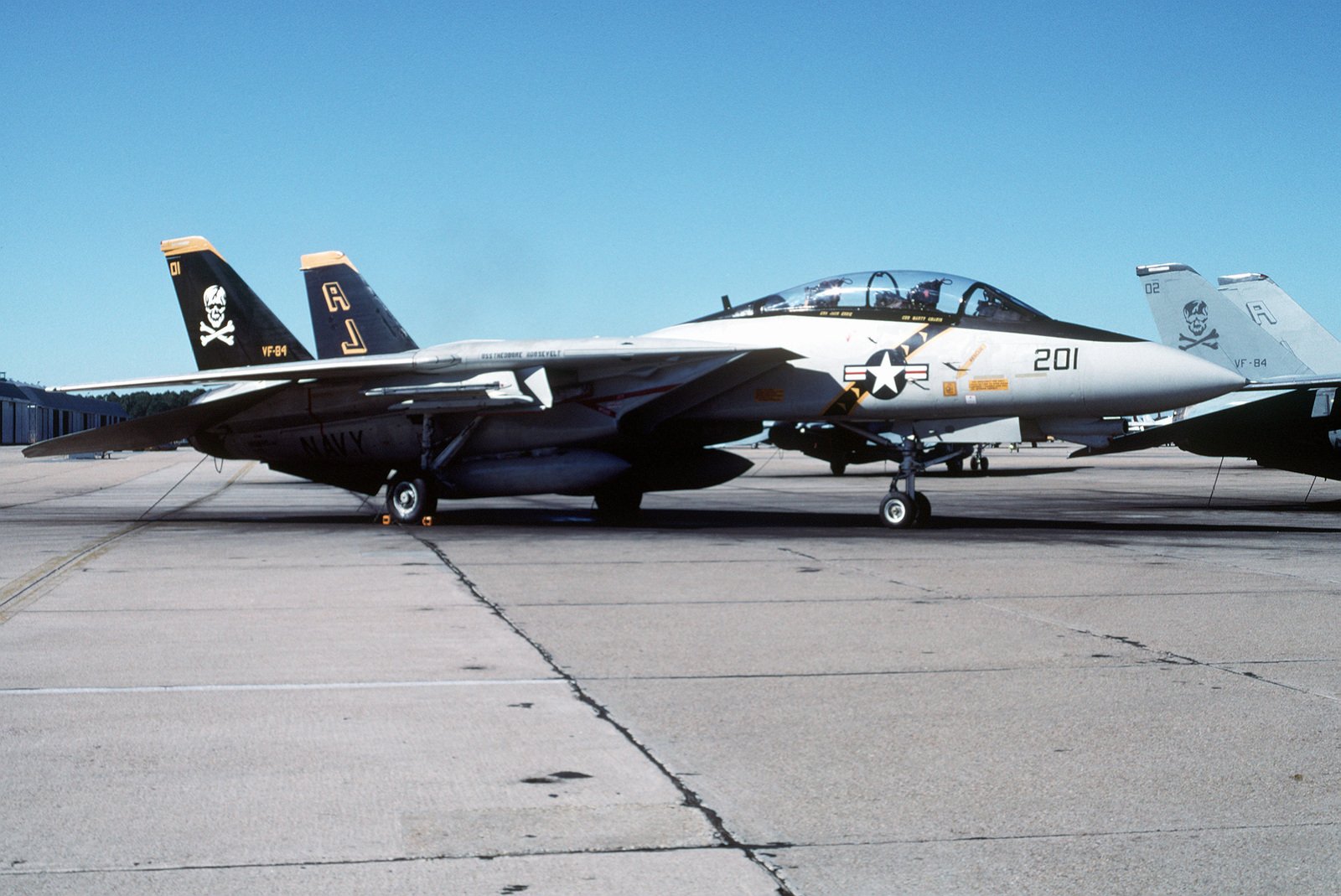Skywatcher
Captain
It's the long range of the THAAD missiles that will be a change to the status quo.I can see how they would be rather upset about a radar that can observe the airspace over Chengdu from Taichung.
Edit: apparently they have an ABMD UHF radar in Hsinchu with comparable range. Should've went to see that instead of the science park ...
i personally wouldn't get too close to the radars, IIRC security is tight there.

